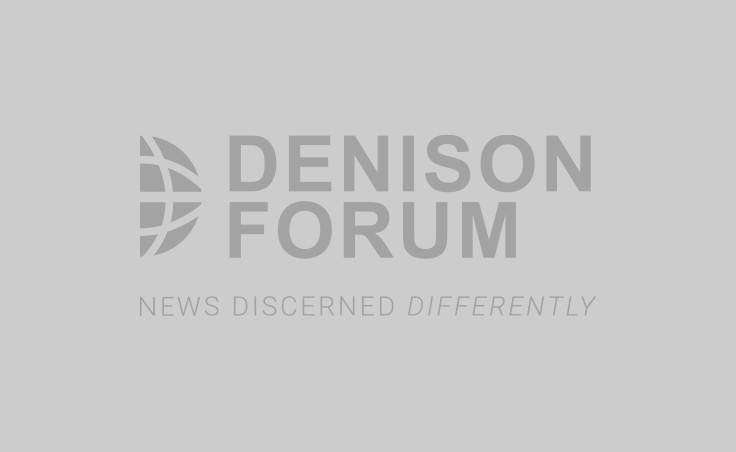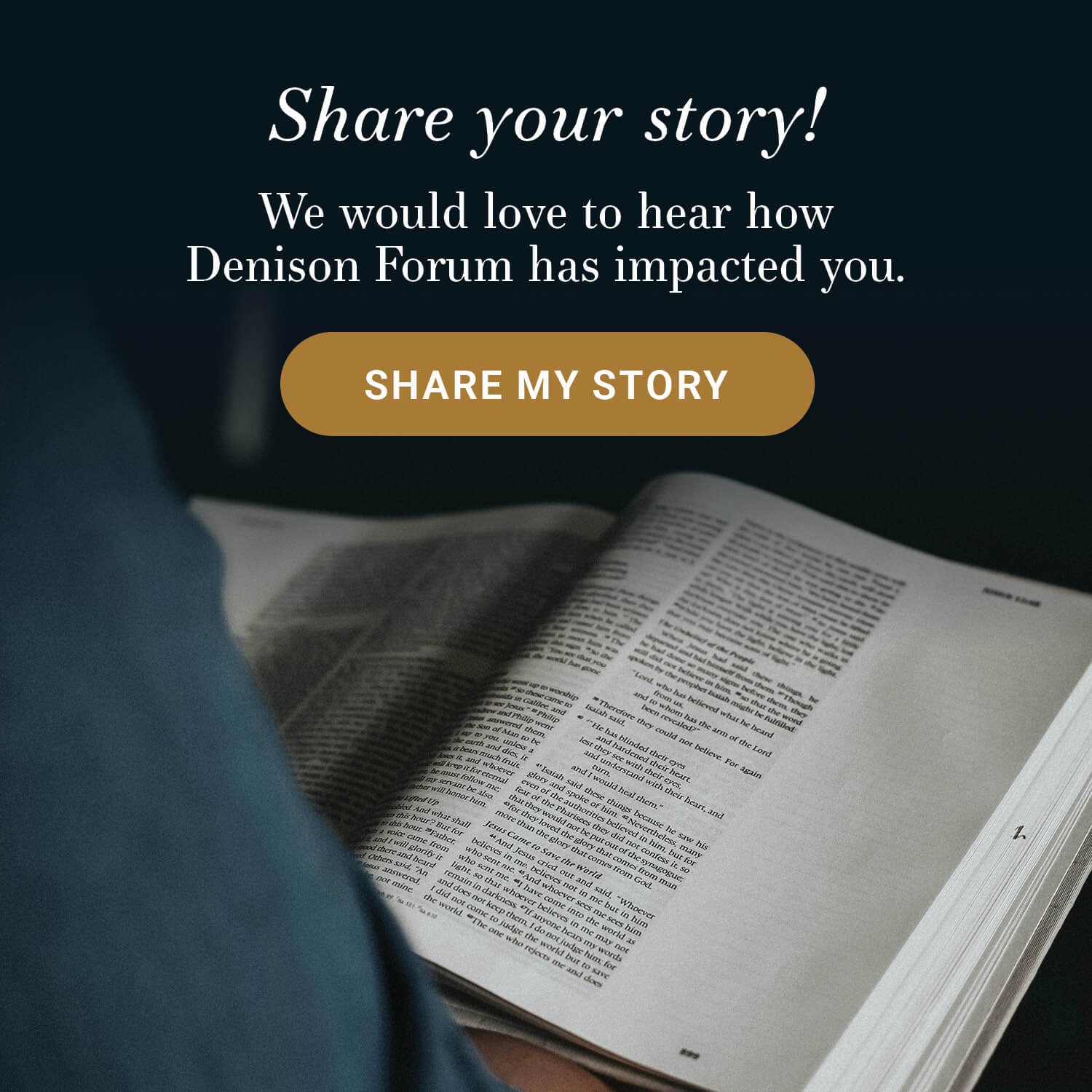
As she explains, the Cascadia Zone is more dangerous because scientists have only recently discovered its patterns of movement. You probably remember from elementary earth science class that the world sits on giant tectonic plates, and these plates jut up against each other at specific points, creating subduction zones:
On Monday, the Pulitzer Prize Board awarded Kathryn Schulz a Pulitzer for her New Yorker article "The Really Big One." Schulz's article, topping out at over 6,000 words, is a gripping description of the threat and potential damages of a large earthquake happening in the Pacific Northwest. She highlights the fact that most Americans only know about the San Andreas fault next to Southern California, but that the Cascadia Subduction Zone to the north is actually more dangerous.
As she explains, the Cascadia Zone is more dangerous because scientists have only recently discovered its patterns of movement. You probably remember from elementary earth science class that the world sits on giant tectonic plates, and these plates jut up against each other at specific points, creating subduction zones:
On Monday, the Pulitzer Prize Board awarded Kathryn Schulz a Pulitzer for her New Yorker article “The Really Big One.” Schulz’s article, topping out at over 6,000 words, is a gripping description of the threat and potential damages of a large earthquake happening in the Pacific Northwest. She highlights the fact that most Americans only know about the San Andreas fault next to Southern California, but that the Cascadia Subduction Zone to the north is actually more dangerous.
As she explains, the Cascadia Zone is more dangerous because scientists have only recently discovered its patterns of movement. You probably remember from elementary earth science class that the world sits on giant tectonic plates, and these plates jut up against each other at specific points, creating subduction zones:
“Take your hands and hold them palms down, middle fingertips touching. Your right hand represents the North American tectonic plate, which bears on its back, among other things, our entire continent, from One World Trade Center to the Space Needle, in Seattle. Your left hand represents an oceanic plate called Juan de Fuca, ninety thousand square miles in size. The place where they meet is the Cascadia subduction zone. Now slide your left hand under your right one. That is what the Juan de Fuca plate is doing: slipping steadily beneath North America. When you try it, your right hand will slide up your left arm, as if you were pushing up your sleeve. That is what North America is not doing. It is stuck, wedged tight against the surface of the other plate.”
The massive force between the two tectonic plates creates pressure that builds over time, eventually causing an earthquake. Schulz delves into the history of the Cascadia Subduction Zone, noting that it has an average time span of 243 years between earthquakes:
“That timespan is dangerous both because it is too long—long enough for us to unwittingly build an entire civilization on top of our continent’s worst fault line—and because it is not long enough. Counting from the earthquake of 1700, we are now three hundred and fifteen years into a two-hundred-and-forty-three-year cycle.”
Basically, the Pacific Northwest is on borrowed time. After describing the threat of a possible earthquake, Schulz moves to illustrate what would happen in such an event. As you can imagine, the level of damage is catastrophic, with the electrical grid being compromised, thousands of coastline residents perishing in the wake of a subsequent tsunami, and millions of people in the region dealing with the after effects.
The article is noteworthy beyond its absorbing style of writing. It speaks to the need for leaders to think beyond their current circumstances by planning for the future. In many common conceptions of leadership, the leader’s main task is to keep people happy, keep profits up, and to handle difficult personnel problems with equity. All of these tasks are difficult enough in and of themselves, but they all have one thing in common: they are only focused on the present state of the organization.
When you begin to think about the future of your organization, what do you see? What dangers lurk on the horizon? What storms are brewing in the distance that will soon be upon you? These are the kinds of questions that visionary leaders ask. They not only ask these questions, however. They marshal people and resources to prepare for the impending dangers. One of the most fascinating parts of Schulz’s article is her description of how woefully unprepared much of the Pacific Northwest is for such a catastrophic event. The struggle lies in planning for the future in a culture that increasingly does not care about anything except the present. Jim Collins, in his book Great by Choice, argues that high caliber leaders always plan ahead:
“10xers differ from their less successful comparisons in how they maintain hyper-vigilance in good times as well as bad. Even in calm, clear, positive conditions, they constantly consider the possibility that events could turn against them at any moment.”
In Jesus’ model of leadership, we take our cues from the metaphor of shepherding: “I am the good shepherd. The good shepherd lays down his life for the sheep. He who is a hired hand and not a shepherd, who does not own the sheep, sees the wolf coming and leaves the sheep and flees, and the wolf snatches them and scatters them. He flees because he is a hired hand and cares nothing for the sheep.” (John 10:11–13)
As leaders who pattern ourselves after Christ, we need to be on the lookout for what dangers lurk over the horizon, trusting that God in his faithfulness will be there to guide us through whatever circumstance comes our way.











